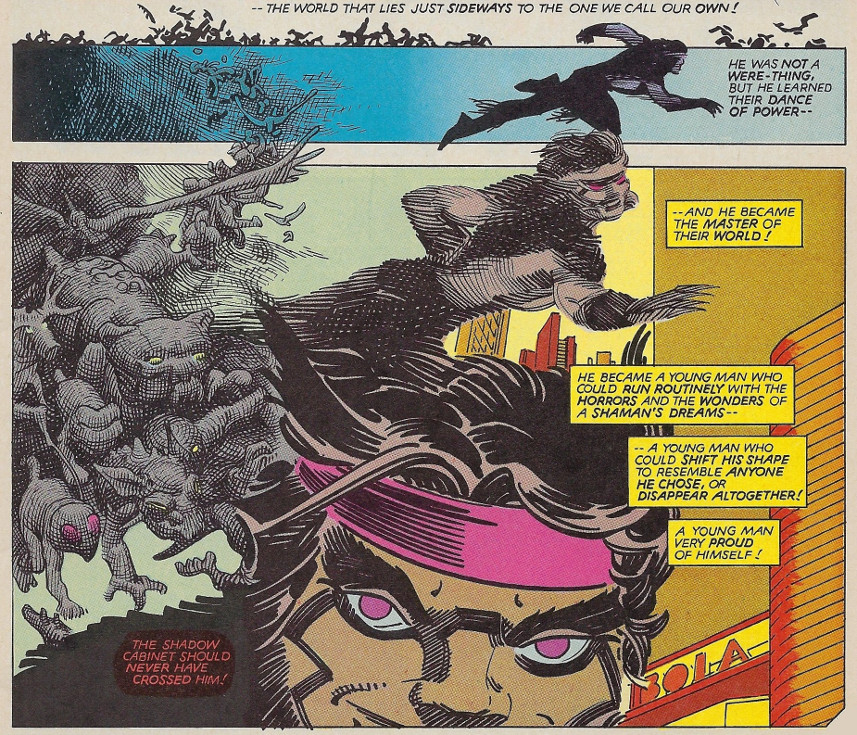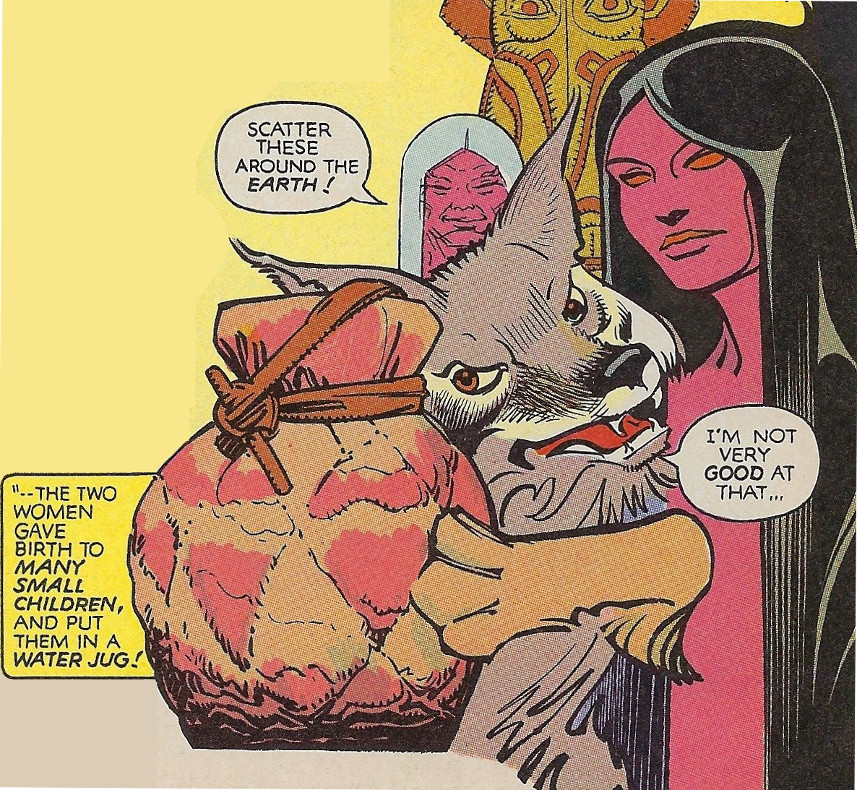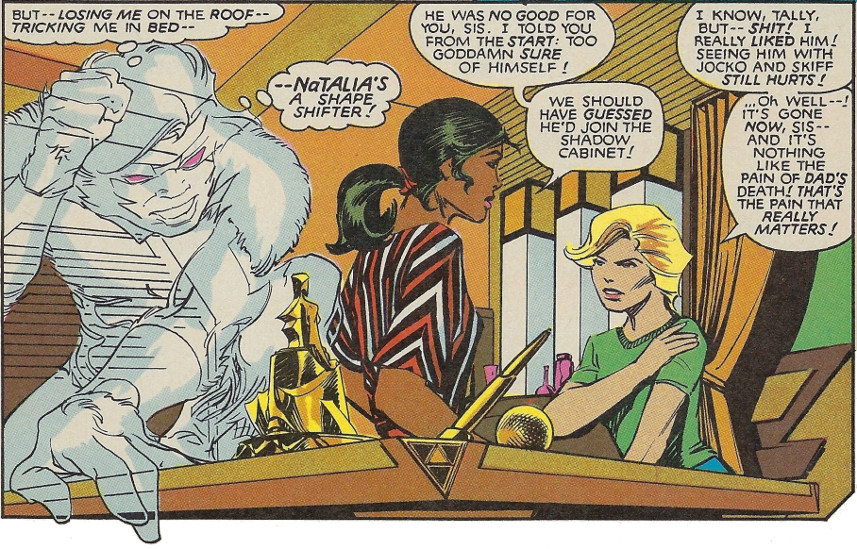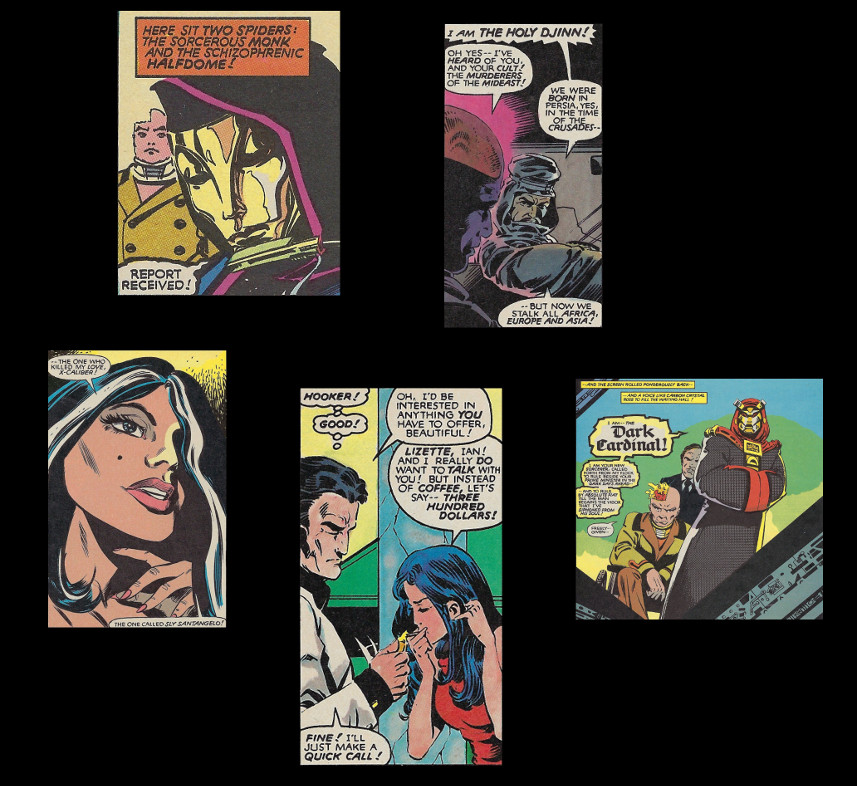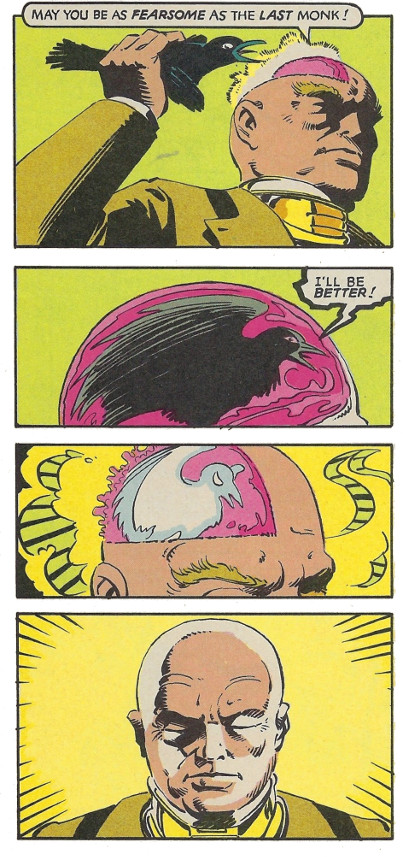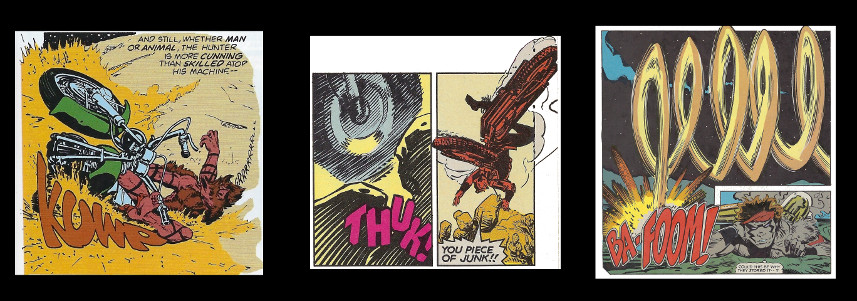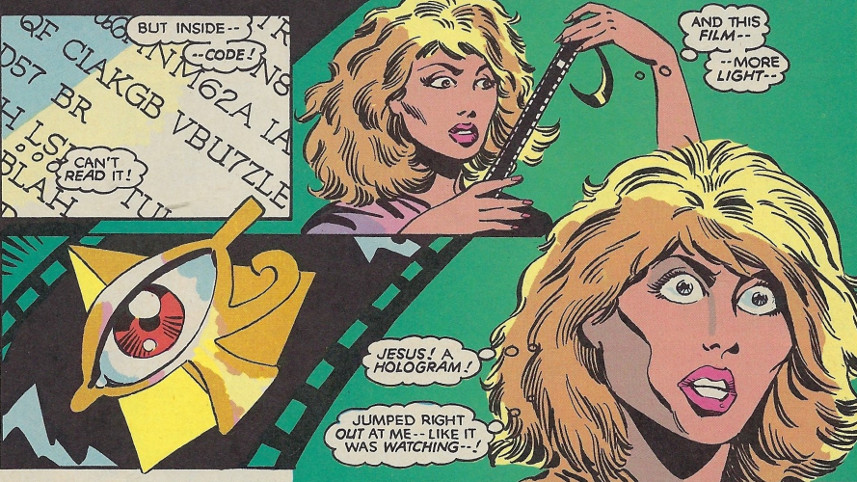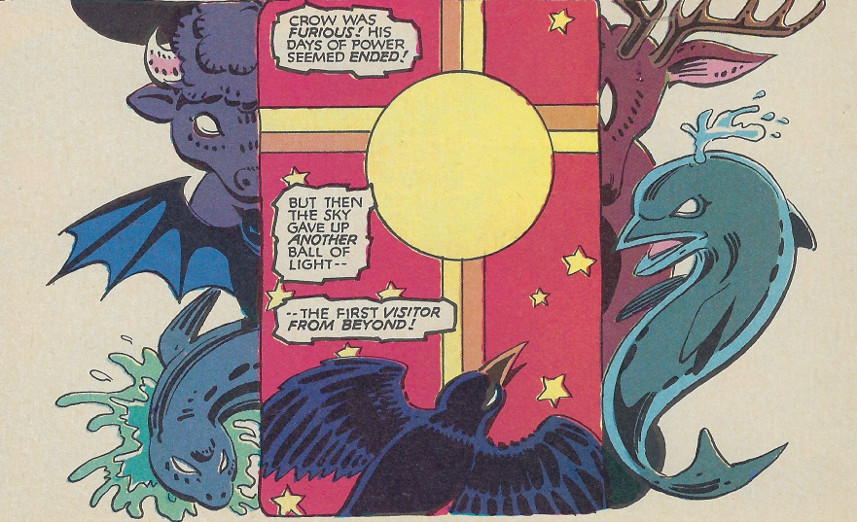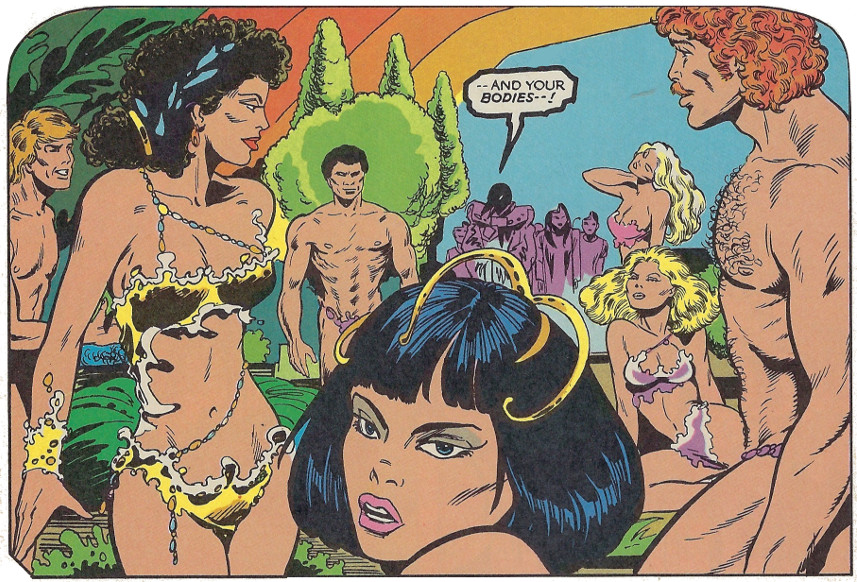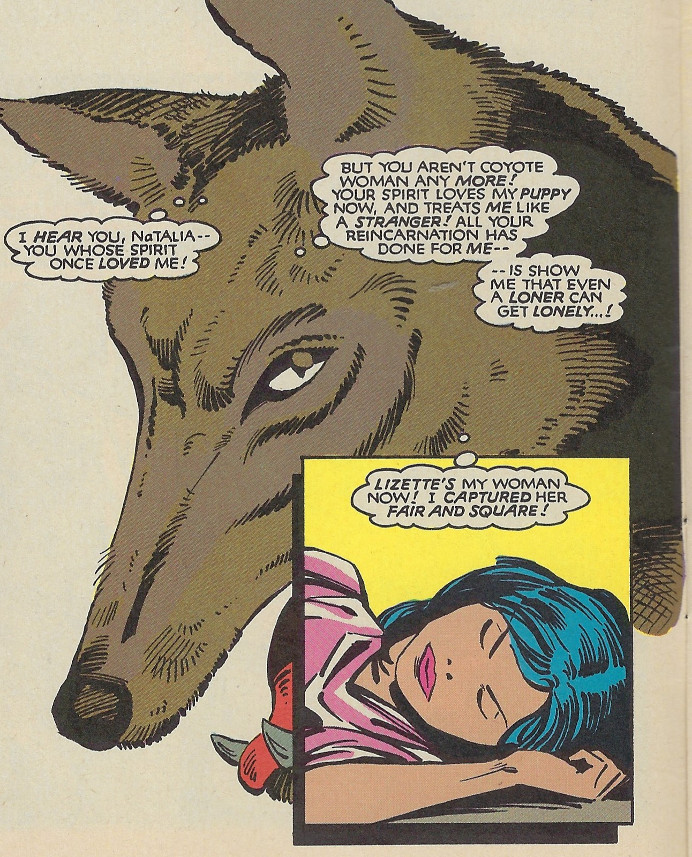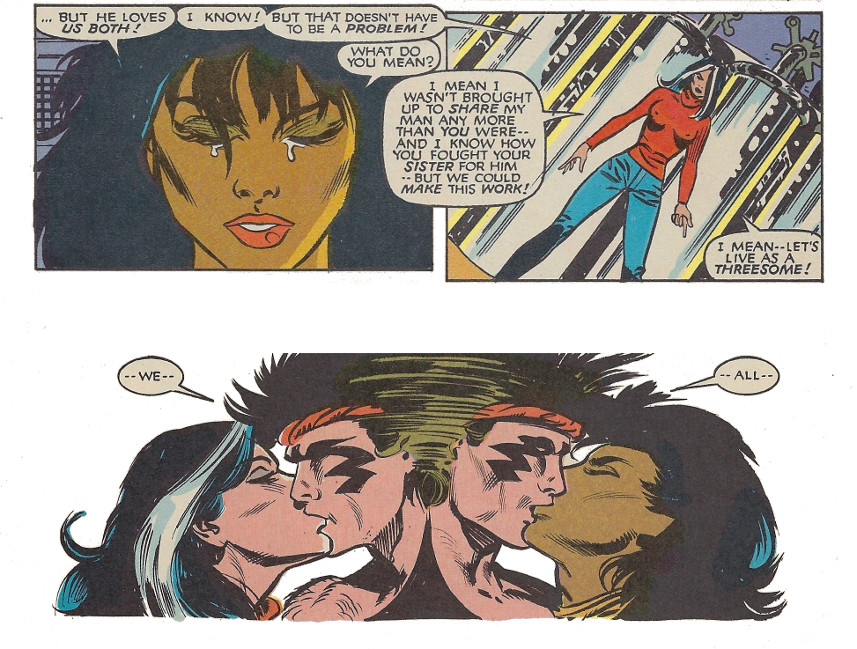Coyote Part 2 – Hot Start; Cold Warrior
This month’s column closes out the two-part look at Steve Englehart’s Coyote. Last month’s installment examined I Am Coyote, the original story of Coyote featured in Eclipse Magazine. The story was a wonderful joining of classic film noir and 1960s-70s new-age culture into something I call Desert Noir. Building on that success, Englehart’s next stop for his desert tales was Epic Comics.
Coyote would run for 16 issues with three different illustrators: Steve Leialoha for issues 1-2, Jackson Guice for issue 3, and Chas Truog for the remaining 14 issues (cover gallery found here). Much has been made about Leialoha having to leave the book early on and the production delays that caused. And there is no doubt that his departure and the finding of a regular artist did negatively impact the book. After a regular bi-monthly start for issues #1 & #2, things stalled for the rest of 1983 with only one additional book being published. The publication schedule was better in 1984 but only became regular in 1985 just as the book was facing cancellation.
Further, insult to injury was added to the mix when issues #7-14 had only 15-19 pages of Coyote material with smaller stories (usually serialized) for the backup characters of the Djinn, Slash, and Scorpio Rose, all of whom will be introduced fully below.
But the real blow to Coyote was not on the production side. Rather it was a slow drifting away from the core Coyote motif – sly, sexy, dangerous fun set in the desert. Consider the re-introduction of Coyote from issue #1.
Here we find a cocky, self-assured shaman with an irrepressible grin and fun attitude just looking to trick and be tricked. Even his name gives this sense of fun: Sylvester “Sly” Xavier Santangelo. The reader also finds that the Shadow Cabinet, as dangerous and conspiratorial as ever, has now acquired an interest in Native American legends about Coyotl the coyote trickster god, an interest that allows Engelhart and Leialoha to make some of the most memorable comic imagery, such as this excerpt from issue #1 that tells how Coyotl spread the Amerindian tribes he produced with the Woman of the Water and Ocean Old Woman.
Here we see the same playful spirit, the same live-in-the-moment attitude, the same mischief that doesn’t take the world too seriously.
Coyote also meets two new bombshell women, the Gianetti sisters, Cassie (the blonde) and Natalia (the brunette); half-sisters united in their hatred of the Shadow Cabinet for the death of their father at its hands. Cassie, the bold and physically adapt one, is originally strongly attracted to Sly and he to her (although it’s clear that Sly would find almost anything in a skirt attractive). Natalia, the quieter one, is also very attracted to Coyote but holds her hand, at least overtly. However, very early on she uses her shape-shifting ability to take Cassie’s form for a night of passion in Sly’s bed.
Englehart rounds out the field with a host of new supporting characters: the surreal Halfdome and Monk for the Shadow Cabinet, Djinn (a middle-eastern master of the assassin cult the Hashashin), Dark Cardinal (and Half Monk) for the Shadow Cabinet, Ian (a Mossad agent) and Lizette (a prostitute), and Slash (a USSR assassin) — clockwise from the upper left.
And for the first 5 issues, the story he weaves surrounding most of these (Slash doesn’t appear until issue #10 – a point I’ll return to below) with drama and danger and humor and sex.
On the drama side, he establishes the connection between Coyotl and Coyote as between creator and created. It seems that Coyotl, distraught over the plight of the Native Americans after the discovery of America and the loss of his mate the Coyote Woman, creates from within himself a ‘European’ spirit to represent his interests in a world he doesn’t understand. This spirit he melds with the young boy raised by the were-coyote and psychic vampire thus creating the Coyote.
On the danger side, the Shadow Cabinet’s power is now far more sinister and more supernatural than they were in Coyote’s last encounter. In the earlier affair, they were dangerous but, with the exception of the Void, who kept to himself within the deep desert, entirely human. Now the secret organization is directly managed in Las Vegas by Halfdome (so called because half of his cranium is missing) and, at first, the Monk, and later by the Dark Cardinal, large magical crows in the guise of men.
And they have a brutal and supernatural way of inducting new members by forcing them to face a magical slug-bear, with the survivors being granted admission and the losers being granted a swift burial. Fortunately, Coyote, in his guise as Sly Santangelo, passes the test and is now a double-agent with the very institution he wants to destroy.
On the humor side, in addition to the moments already shown, Englehart continues a joke he began in I Am Coyote, the idea that our hero (or anti-hero) is totally incompetent on motorcycles and other motorized or rocket-powered machines. In fact, issue #5 is a homage to the old Coyote and Roadrunner cartoons known and loved by all.
On the sex side, Natalia is revealed to be the reincarnation of the Coyote Woman and things soon heat up quite nicely between them.
Jilted by Coyote’s changing affection, Cassie decides to turn her own considerable talents towards infiltrating the Shadow Cabinet her whole mind, soul, and body. What she finds nearby Halfdome’s bed suggests that there is even more behind his shadowy organization than she first believed.
All these ingredients pointed towards another fine genre-bending desert tale, this time mixing conspiracies, shamanistic themes and, as the crow’s tale unfolds, influences from outer space (Venus to be precise).
However, whether the production problems dragged down the story or whether Engelhart got distracted, the storyline began to veer off course when the Cold War becomes front and center with the appearance of the KGB agent X-Calibur, who tells a tale of Shadow Cabinet pulling strings behind the geopolitics of the time.
There were still moments of brilliance, like when Sly, who slays X-Calibur for the Shadow Cabinet, tricks the Venusian surgeons and prevents them from extracting half his brain like they had done for Halfdome
and when select members of the Shadow Cabinet are ‘rewarded’ on Venus with hedonistic pleasure far beyond human imagining (unless you’re a fan of 1950s sci-fi movies).
But overall, this portion of the tale gets bogged down in melodrama, confusing and depressing geopolitics, and an almost permanent relocation from the desert environs surrounding Las Vegas to Washington D.C. and Moscow.
After Coyote’s return from Venus, he becomes estranged from Natalia and part of him dies at the hands of the KGB super-clone Slash, who seeks revenge for the death of her lover X-Calibur. The other part of him falls head-over-heels in love with Slash and she with him as he is the only man she can’t kill with a mere look. Natalia, for her part, becomes wild, feral, and evil, aligning herself with Dark Coyotl as his lover. Cassie moves back to her native city of Philadelphia, tracked by the Shadow Cabinet, and eventually falls in the hands of Tony Coyne, her old lover and now the new Djinn. Even Coyotl becomes maudlin and eventually decides that the prostitute Lizette should be his prophet.
All of this melodrama, especially the Russian connection and love triangle, totally dissipates the mood established in the earlier issues. By issue #13, the series was facing cancellation, a fact that is alluded to in each issue. Thankfully, Englehart was at least able to wrap up most of the threads by issue #16, including a very libertine resolution to the love triangle between Coyote, Natalia, and Slash.
Despite these flaws, Coyote was and continues to be one of the most innovative and interesting comics. A tribute to what a great writer can do. Bravo, Steve Engelhart.

